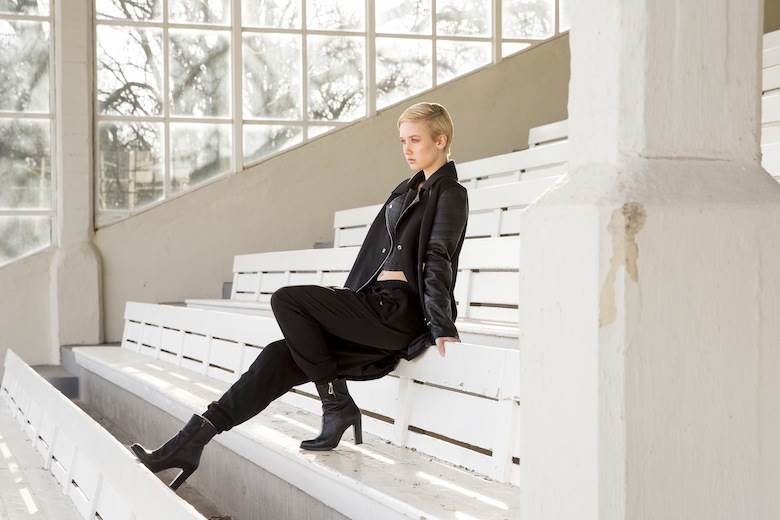World Leather challenges Friends of the Earth report
13/05/2015

Mind Your Step is based on data compiled for Friends of the Earth by specialist London-based consultancy Trucost, the same group that carried out research into the environmental cost of leather on behalf of sports brand Puma in 2012. Friends of the Earth explained in the introduction to the new report that it had asked Trucost to estimate the total land and water footprint of seven “generic everyday products”, with a pair of leather boots as one of the seven.
World Leather has called into question a series of the claims the report goes on to make, using information that is freely available in the Nothing To Hide series of essays as the basis of disagreement. The wide discussion at the European Commission over possibly according “green” status to leather and other products also gives important context; participants in the discussion from the meat industry have rejected the leather industry’s insistence that it should have zero share of the upstream carbon footprint of hides and the European Commission, for the moment, wants a single-figure percentage share to apply to leather.
In Mind Your Step, the figures for land use and water appear to attribute all of the footprint burden to leather. It says the amount of land required to produce enough leather to make one pair of leather boots, with the leather coming from Brazil, is 50 square-metres and the volume of water 14,500 litres. It makes it clear that Trucost has assumed 0.46 square-metres of leather, including waste, for the boots and that it would be possible to raise 117 cattle per square-kilometre in a mixed system and 67 per square-kilometre in a grazing system.
From this, we work out that Trucost calculates that the pair of boots it has analysed will use up 10% of the finished leather a tanner can make from the grain side of a decent-sized hide. Using Mind Your Step’s own numbers, the whole hide would require 500 square-metres of land, giving not the 117 head of cattle or 67 per square-kilometre it assumes, but only two. In fact the 117 figure is in keeping with statistics presented in Nothing To Hide Essay 3 for Brazil in 2012. Two head of cattle per square-kilometre is far away from this reality.
As for water, Mind Your Step appears even less accurate. It says 14,500 litres of water would be required to produce 0.46 square-metres of finished leather. This would make the volume of water required to process a whole hide 145,000. Another of the assumptions Trucost makes in the data it has compiled for Friends of the Earth is that one hide will weigh 6.1 kilos before tanning starts. Therefore, the water requirement for one tonne of raw material would be more than 23 million litres, according to Trucost’s assessment. However, we know from Nothing To Hide Essay 10 that 25 years ago, the amount of water a tanner would require to process one tonne of raw material was 60,000 litres. Improvements across the global industry over the last 25 years mean that this figure has now fallen to 38,000 litres, the essay explains. Mind Your Step’s figure is more than 60000% (sixty thousand per cent) higher.
Other points World Leather has taken issue with include a reference to tanneries treating hides with “highly toxic chromium”, which has no basis in fact, as Nothing To Hide Essays 8 and 9 make clear. There is also a statement in the report claiming that the market for leather (including finished products) is “a factor in determining the economic basis for beef farming”. We know of no example in the livestock industry of a farmer putting a single extra cow in a field anywhere in the world because of the attractiveness of the market for leather.
Finally, there is clear dissonance in Friends of the Earth’s own argument because although it says the leather in the boots it looked at comes from Brazil, it goes on to talk at length about how much higher its water use would be if the leather had come from Bangladesh, quoting the hypothetically higher figure of 25,024 litres several times. The figure for Bangladesh is higher because Trucost assumes tanners working in that country would not carry out adequate effluent treatment, but bears no relation to the scenario the report sets out.
Image courtesy of GDS.








